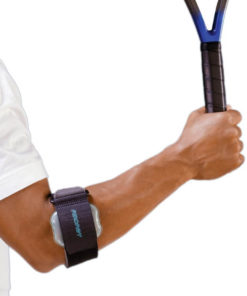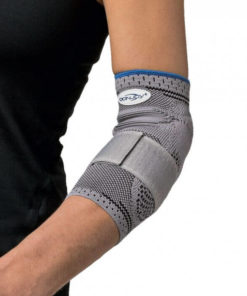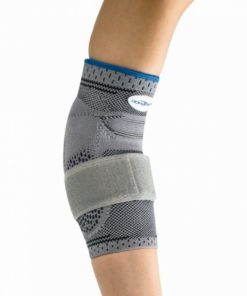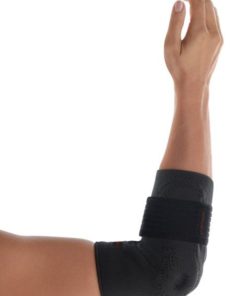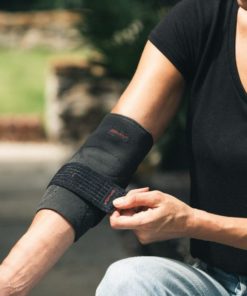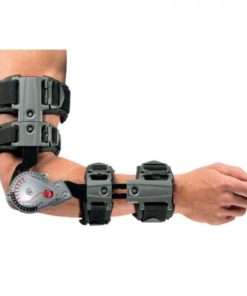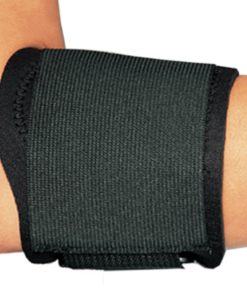Elbow Injury
Types of Elbow Injury
In the world of sports, specifically contact sports and activities that involve repetitive arm movements, elbow injuries can be quite common. These types of injuries often result from trauma or overuse and can significantly impact an individual’s daily routine and athletic performance. Understanding the various types of elbow injuries is crucial for both athletes and non-athletes alike as it allows us to recognize risk factors, seek appropriate treatment, and minimize potential long-term consequences. In this article, we will thoroughly explore the different types of elbow injury that individuals may encounter, shedding light on their causes, symptoms, diagnosis methods, treatments options available, and rehabilitation strategies. Whether you’re an athlete looking to prevent these injuries or simply someone curious about the physiology behind them – this comprehensive guide aims to equip you with essential knowledge about a range of elbow ailments in order to better navigate through any future challenges they may present.
Fractures and Dislocations: Understanding the Most Common Elbow Injuries
Fractures and dislocations are among the most common types of elbow injuries, particularly in sports and activities that involve repeated arm movements or high levels of contact. These injuries can occur due to trauma, such as a direct blow to the elbow joint, or from overuse and repetitive stress on the joint. Regardless of the cause, these injuries can have a significant impact on an individual’s daily routine and athletic performance.
Understanding the various types of elbow injuries is essential for athletes and non-athletes alike as it helps identify risk factors, seek appropriate treatment, and minimize potential long-term consequences. Fractures refer to a break in one or more bones that make up the elbow joint, while dislocations occur when there is an abnormal separation between these bones. Proper knowledge of these injury types enables individuals to promptly recognize symptoms and seek proper medical attention.
Seeking timely treatment for fractures and dislocations is crucial as untreated or mismanaged cases can lead to complications such as limited range of motion, chronic pain, nerve damage, or arthritis. By understanding how these injuries occur and recognizing their early signs, individuals can take appropriate precautions during demanding physical activities or practice better self-care when it comes to repetitive arm movements.
Tendon and Ligament Injuries: The Importance of Flexibility and Strength
Tendon and ligament injuries can have a profound impact on an individual’s mobility and overall quality of life. Tendons are tough, fibrous tissues that connect muscles to bones, while ligaments connect bones to other bones. Both play crucial roles in supporting joints and facilitating movement. When these structures become injured or damaged due to trauma or repetitive stress, it can result in pain, instability, and restricted range of motion.
Flexibility and strength are essential for preventing tendon and ligament injuries as they help maintain joint stability and proper alignment during physical activities. Adequate flexibility allows tendons and ligaments to move freely without excessive strain or tension. On the other hand, sufficient strength helps support the surrounding muscles, reducing the load placed on these connective tissues.
Engaging in regular stretching exercises that target specific muscle groups around vulnerable joints can aid in maintaining flexibility. Additionally, incorporating resistance training into one’s fitness routine will enhance muscular strength necessary for joint stability. By prioritizing both flexibility and strength training techniques, individuals can decrease their risk of sustaining tendon and ligament injuries while preserving their ability to partake in daily activities or athletic performance successfully.
Overuse and Repetitive Strain: Recognizing and Preventing Elbow Overload
Overuse and repetitive strain are common causes of elbow injuries, particularly in contact sports and activities that involve repeated arm movements. These types of injuries can have a significant impact on an individual’s daily routine and athletic performance. It is essential to understand the various types of elbow injuries as it enables us to identify risk factors, seek appropriate treatment, and minimize potential long-term consequences. In this article, we will examine different types of elbow injury comprehensively for both athletes and non-athletes alike.
Recognizing symptoms associated with overuse and repetitive strain is vital in preventing further damage to the elbow joint. Athletes who participate in sports requiring repetitive arm motions like tennis or baseball are at a higher risk. Symptoms may include pain, tenderness around the elbow area, swelling, stiffness, weakness or numbness in the hand or fingers, reduced range of motion, or popping/cracking sounds during movement. To prevent these injuries from developing or worsening over time, it is essential to practice proper technique while engaging in sports activities, take sufficient rest breaks between training sessions allowing muscles time to recover adequately.
Preventing elbow overload requires understanding the mechanics behind these strains as well as implementing strategies specific to each activity type. For example: using proper equipment such as well-fitting protective gear; maintaining good overall conditioning by incorporating regular strength training exercises targeting forearm muscles; practicing correct form during sporting activities by utilizing proper coaching techniques; gradually increasing intensity level rather than sudden spikes when starting a new sport/activity; listening carefully to one’s body signals indicating fatigue/pain signals so immediate action can be taken before further damage occurs.
By following these preventative measures consistently individuals can reduce their risk significantly improving overall joint health enhancing everyday activities effectiveness without being limited by pain.
Aircast
Basketball



